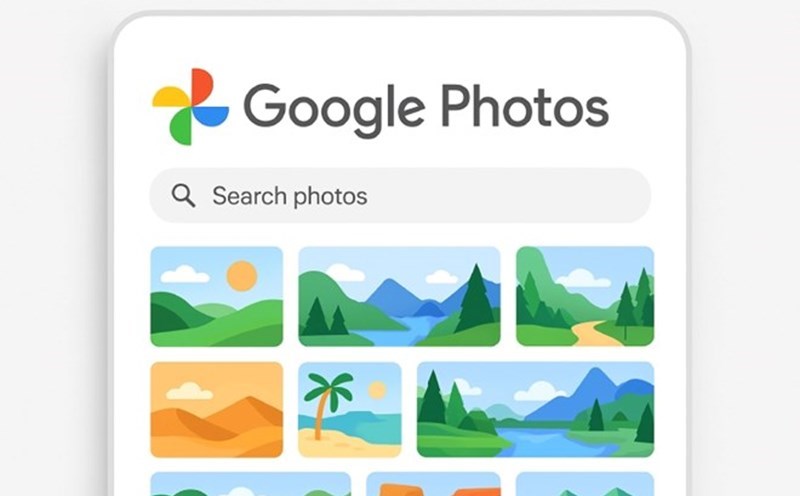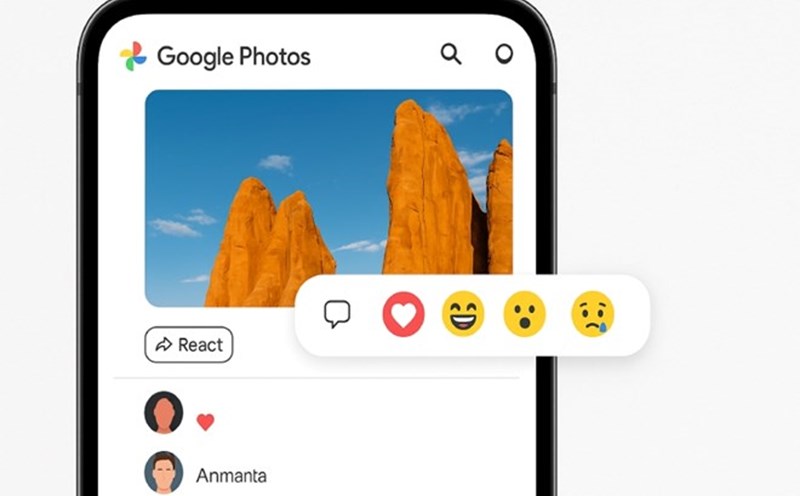Google has just launched Veo 3.1, the latest version of the AI video creation model, with a series of notable upgrades such as more vivid sound, more detailed editing control and higher efficiency in converting from image to video.
According to Google, Veo 3.1 was developed based on the Veo 3 version launched in May, helping to create more realistic videos and closely follow users' instructions (prompt). This model allows adding new items to the video to match the style of the original scene. In the near future, users can also remove objects from videos directly in Flow - a video editor developed by Google.
Previously, Veo 3 has supported many powerful features such as using reference photos to shape characters, providing front and end frames for AI to create seamless videos, or expanding existing videos based on end frames. Now, with Veo 3.1, all of these functions are equipped with audio, making videos more vivid and natural.
Google said Veo 3.1 is being rolled out on many of its platforms, including the Flow video editor, the Gemini app, along with Vertex AI and Gemini API for developers.
Since Flow was launched in May, users have created more than 275 million videos on the platform. This shows that the demand for AI content creation is increasing strongly. With Veo 3.1, Google expects to elevate the user experience to a new level, while strengthening its position in the explosive AI video creation race, where rivals like OpenAI and Runway are also continuously launching competitive tools.
Integrating Veo 3.1 into the Gemini and Flow ecosystem is considered a strategic step to help Google take advantage of the power of synthetic AI. This gives users a flexible, powerful creative tool and is closer to professional film production than ever.











